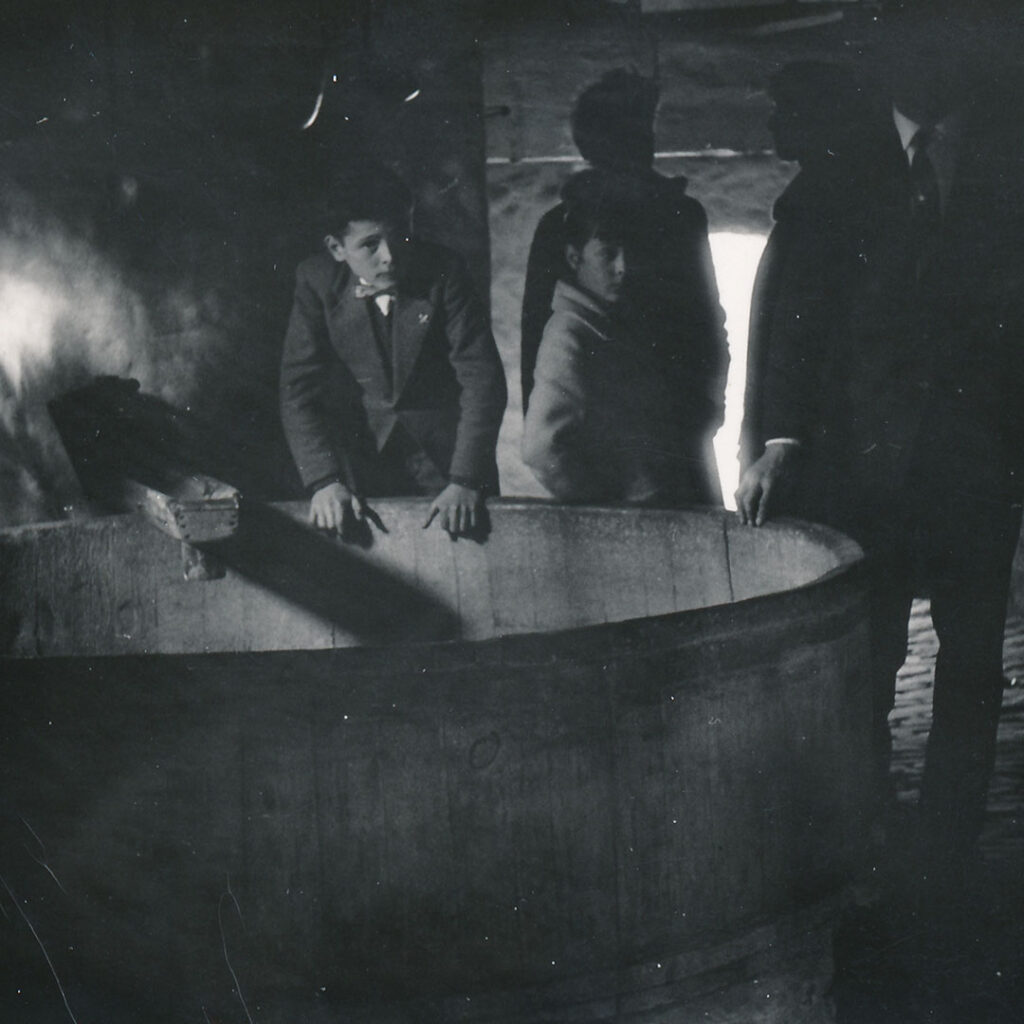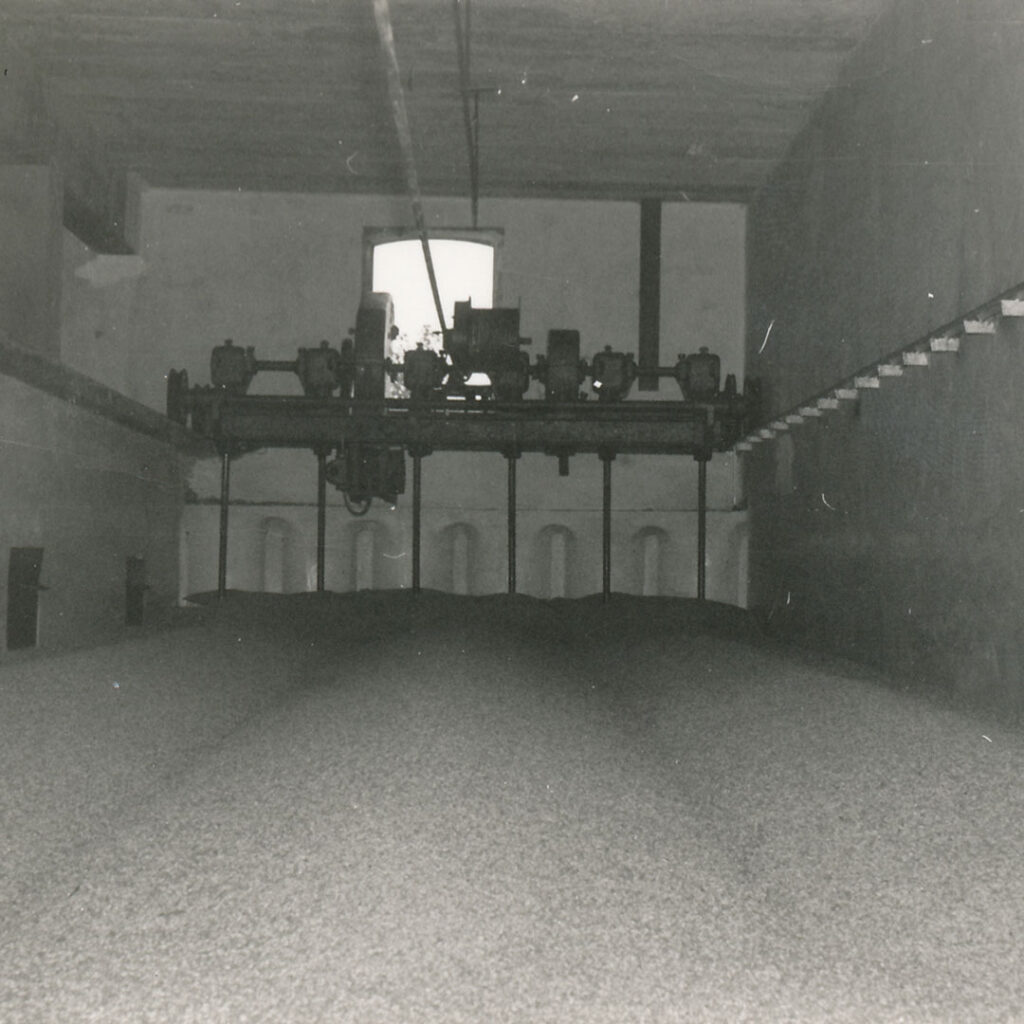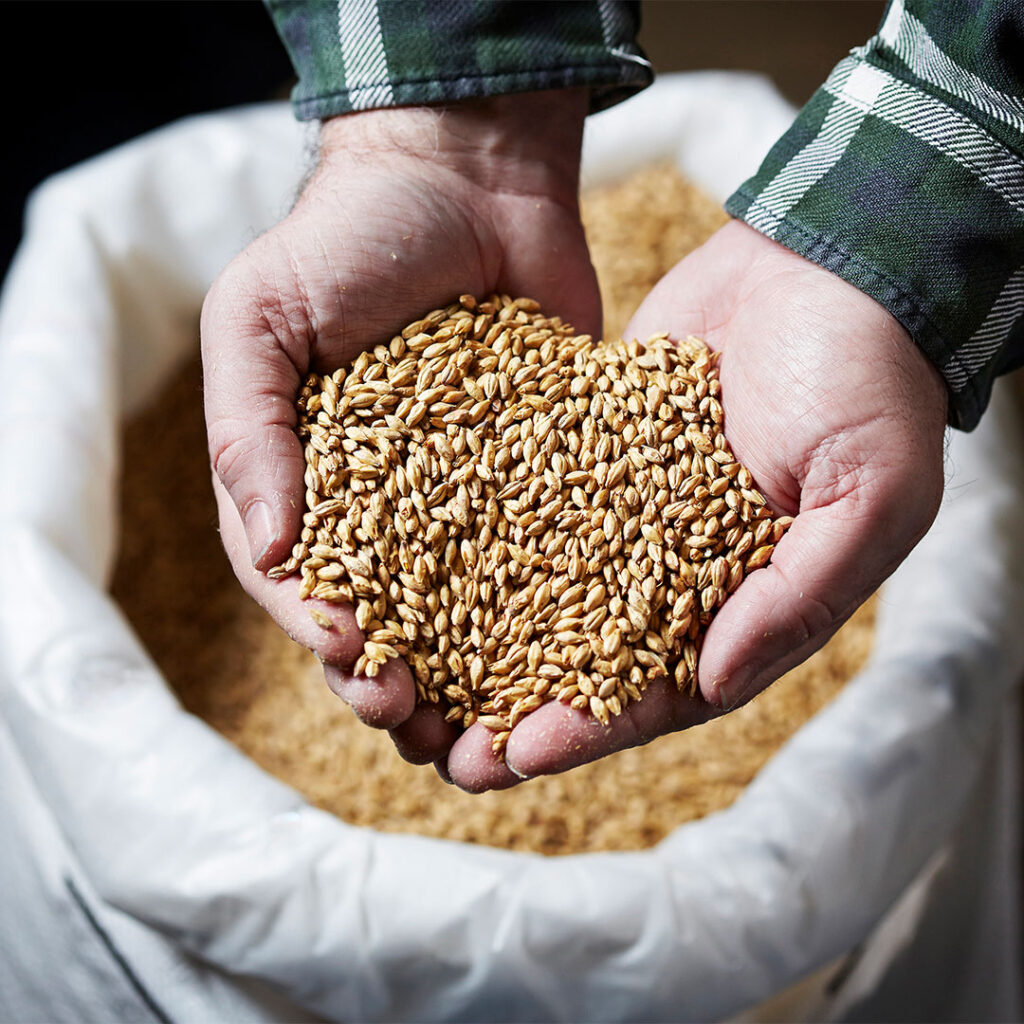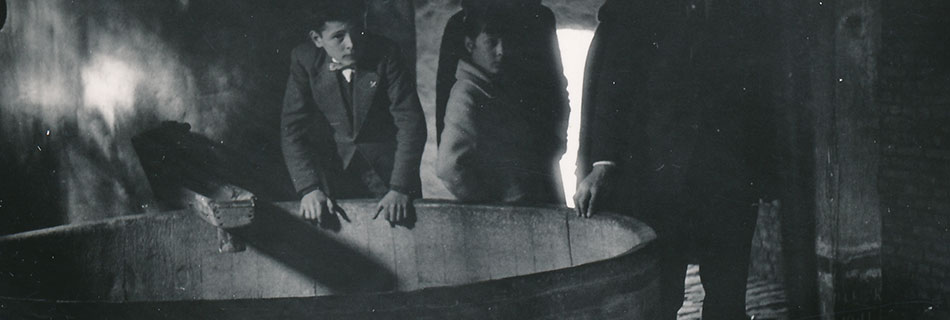Malt plays a crucial role in brewing. It provides the sugars yeast ferments into alcohol and CO2. Yet, few appreciate the evolution of malting. Let’s explore how malting evolved from its ancient origins to today’s sophisticated industry.

The origins of malt
Humans settled and began growing barley and wheat around 10,000 BC. However, evidence suggests malting started even earlier. Archaeological findings from the Natufian culture, dating back over 13,000 years, reveal signs of sprouting and heating grains.
Why take this extra step? Sprouting activates enzymes that break down starch into fermentable sugars. Heating then stops germination, preserving the sugars. This process made grains more nutritious and enabled early brewing.
Early malting methods
Ancient malting was simple but effective. People moistened grains in baskets to start germination. They then spread the grains on rock slabs or woven mats, turning them regularly to control temperature and prevent mould. Once sprouted, they dried the malt in the sun or over fires.
This method remained unchanged for thousands of years. However, it was labour-intensive and required constant manual turning. Fire-dried malt often developed a smoky flavour, making it inconsistent for brewing.
The industrial revolution transforms malting
In 1818, Daniel Wheeler revolutionised malting by patenting indirect kilning. Hot air now dried the grain evenly, creating lighter malts without smoky flavours. The booming English brewing industry quickly adopted this method.

At the same time, industrial brewing expanded, leading to larger-scale malting operations. Pneumatic malting emerged in the late 1800s, thanks to Belgian engineers Galland and Saladin. Galland introduced aerated malting boxes in 1873, while Saladin developed mechanical turning in the 1880s.
Saladin boxes, now made from stainless steel, remain in use today. Since the 1980s, circular vessels have gained acceptance, further improving efficiency.
For centuries, most breweries malted their own grain. However, during the 20th century, large commercial malthouses took over. Their economies of scale reduced costs and increased efficiency, shifting malt production away from breweries.

The craft malt resurgence
Large-scale malthouses produce mostly commodity base malts for major breweries. However, the craft beer revolution has revived interest in artisanal malting.
The Swaen is part of this movement. It produces high-quality base malts and specialty malts, such as caramel and roasted malts, using drum roasters. This approach supports the farm-to-pint philosophy of fresh, local brewing.
In 2014, the Brewers Association published Malting Barley Characteristics for Craft Brewers. This document highlighted two key concerns. First, all-malt brewers require lower enzyme levels in their malt, particularly lower free-amino nitrogen (FAN). While FAN is vital for yeast health, excessive amounts can negatively affect beer flavour and stability.
Second, craft brewers prioritise flavour. This shift has encouraged maltsters to focus on taste, much like ancient times when malting was a true craft.
The future of malting
Modern barley breeding continues to improve disease resistance, yields, and extract potential. However, craft malting is reshaping the industry. Large-scale malting will keep advancing in efficiency, while artisanal maltsters, like The Swaen, will continue crafting unique specialty malts. The evolution of malting never stops.
Malting has evolved, but its foundations remain unchanged. Whether you prefer precision-engineered base malts or handcrafted specialty malts, raise a glass to the rich history and bright future of malting!


